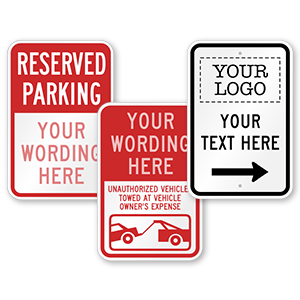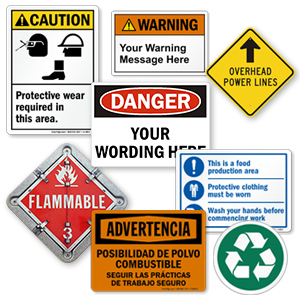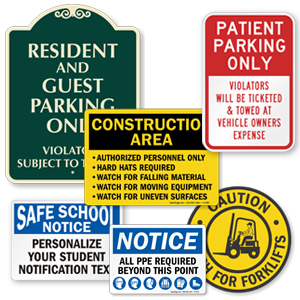Lights Out in the City That Never Sleeps
April 3, 2012 —
Times Square and the people who fill it are among the most fundamental sights to be seen in the Big Apple. Amidst the bustle of ticket-hawkers and Naked Cowboy photo opportunists, tourists cluster to stare up at the billboards above Times Square. The gaudy advertisements twinkle around the clock, flashing messages and the occasional film clip to the gawking foot traffic below. This past Saturday, though, onlookers expecting the usual got a surprise when those billboards went dark in solidarity with Earth Hour, an international annual event that just celebrated its sixth year.
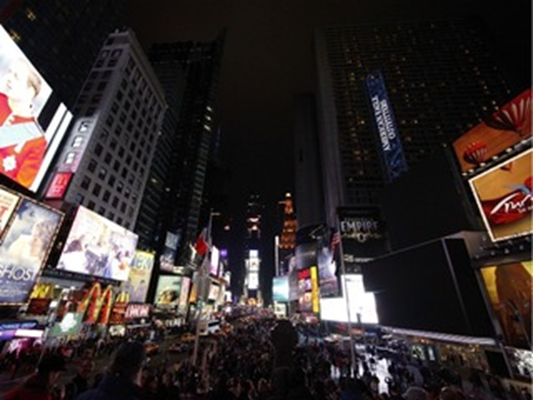 Times Square darkens its billboards to honor Earth Hour 2012. Digital billboards can be a hazard for both drivers and the environment alike.
Times Square darkens its billboards to honor Earth Hour 2012. Digital billboards can be a hazard for both drivers and the environment alike.
Earth Hour is intended to promote awareness about energy conservation and sustainability. The hour-long event is organized by the World Wildlife Fund and WWF volunteers in 135 countries around the world. Numerous international landmarks went dark to honor the event this year, including the Eiffel Tower, the UN Headquarters, Japan’s Tokyo Tower and much of the Sydney harbor, where the important event was first conceived in 2007.
Digital billboards consume about thirty times the amount of energy that the average American household does. According to Yale Environment 360, there are 450,000 traditional billboards in the United States, lit by just one or two large bulbs, which don’t consume anywhere near the amount of energy that only 800 digital boards do every year. These flashy advertisement conduits devour energy day and night, deploying hundreds or even thousands of LED lights on individual signs, which in turn require powerful cooling systems just to maintain a manageable temperature. LED lights are indeed generally more energy efficient than other means, but to sustain a beaming billboard, the sheer number of bulbs used greatly exceeds the consumption of a more traditionally lit advertisement.
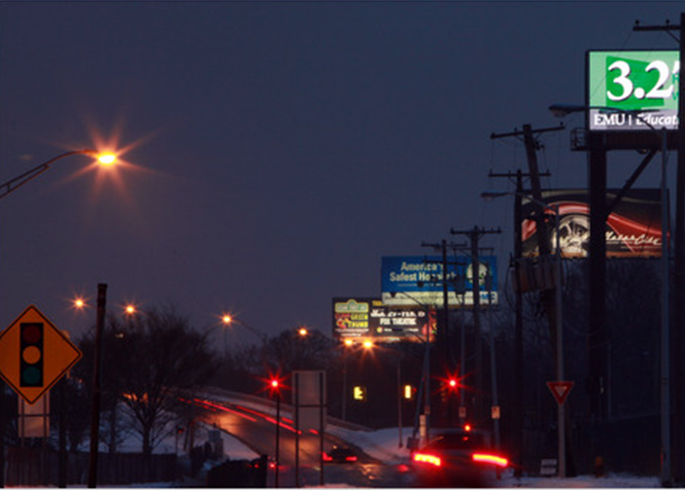 A digital billboard along I-75 in Detroit.
A digital billboard along I-75 in Detroit.
Photo: Fabrizio Costantini for the New York Times.
Negative effects of digital billboards, however, are not confined to the environmental. In addition to complaints of energy inefficiency, digital billboards have also been accused of causing light pollution and distracting drivers. Similarly, the New York Times has extended its “Driven to Distraction” series, which focuses on distracted driving, an issue SmartSign has worked extensively to prevent, to include an examination of digital billboards. Still, some safety experts wish the digital advertisements would be shut off indefinitely, not just as environmental hazards, but as threats to the focus of drivers that would otherwise be looking at the road – not up at the sky.
– R. Sapon-White


